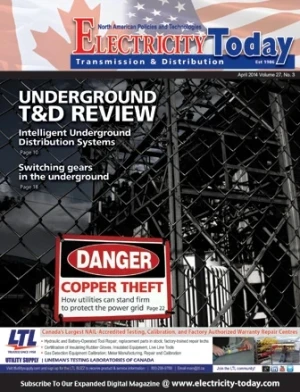Hardening the Power Grid

How to improve reliability by hardening the power grid
BY BO ZENG, WEI YUAN & LONG ZHAO, University of South Florida
North America relies heavily on its interconnected power grid. Throughout its history, the grid has provided years of reliable electricity to 300 million people to power home electronics, large industrial motors, critical machines in hospitals (that is, life support systems), among others. However, this reliability is now coming into question. The power grid is aging (electrical equipment is near end-of-life) and increased natural disasters (for example, Hurricane Sandy), have damaged equipment thus increasing the number of power outages.
As a recent example, outages caused by Hurricane Sandy affected 24 states in the U.S. and left over eight million people without power. Some of them even had to be in the dark for two weeks. Similar situations have been observed during other hurricanes, including Ivan, Katrina, Rita, Wilma, Ike, and Irene. Not only hurricanes, but many other natural disasters, such as tornadoes, thunderstorms, snowstorms, rainstorms and earthquakes have also caused severe outages. Typically, those natural events, which account for 70 percent overall power outages in the U.S., affect millions of people in large geographic regions over multiple states.









